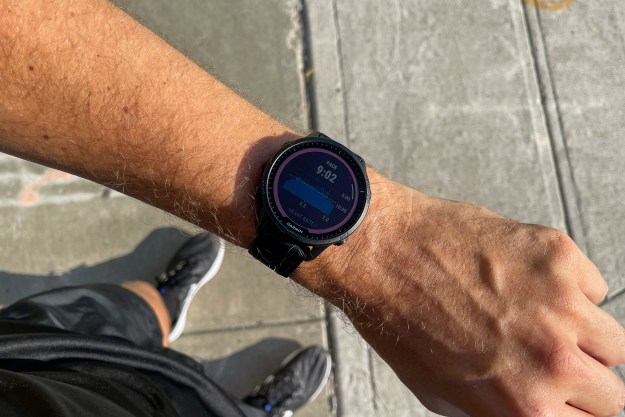Starting next week, drone owners will have to make sure they have registration numbers showing on the outside of their machines. The United States Federal Aviation Administration (FAA), which decides such matters, posted the new rule in an official document on Tuesday.
When the drone registration program first launched in 2015, the FAA allowed the ID number to be placed inside the device’s battery compartment, as long as it was easy to open.
But following terror-related concerns voiced by the FBI and the Department of Homeland Security (DHS), the FAA is enacting a new rule that means from February 23, drone owners will need to place the ID number on the outside of their aircraft where it will be clearly visible.
The change comes amid fears that an explosive device could be placed inside a drone’s battery compartment, the FAA said. Such a device could then activate as a first responder is accessing the compartment in search of the drone’s ID number.
If you’re in the U.S. and you have yet to register your drone, then you really need to get onto it. The rules vary depending on the type of machine you have, so to simplify the process Digital Trends has put together a handy guide showing you how to get it done.
Greater freedom for drones?
With drone technology rapidly advancing, the FAA is constantly reviewing its rules governing how the flying machines are operated.
In January 2019, the administration unveiled a set of proposals that would allow drones to fly over populated areas and also at night, two types of flight that are currently forbidden in most circumstances. But certain conditions would still have to be met by drone pilots keen to send their aircraft skyward at night. For example, the owner would first need to undertake special training for flights in the dark, and the machine would need to be equipped with a light visible for “at least three statute miles.”
January’s proposals indicate how the FAA is looking to relax drone rules in a step-by-step manner, though recent safety incidents highlight the challenges it faces in enforcing even its current regulations.
But with a growing number of firms expressing a desire to use drones in their work, pressure is mounting on the FAA to offer greater freedom for drone pilots, especially in the commercial sector.
Transportation Secretary Elaine Chao said recently that while she was aware of legitimate public concerns about drone safety, security, and privacy, the government is keen to “balance the need to mitigate the risk small unmanned aircraft pose to other aircraft and to people and property on the ground without inhibiting innovation” that could lead to greater drone use by businesses.
Editors' Recommendations
- New drone owner? Check out this video before you fly
- FAA proposes nationwide real-time tracking system for all drones


